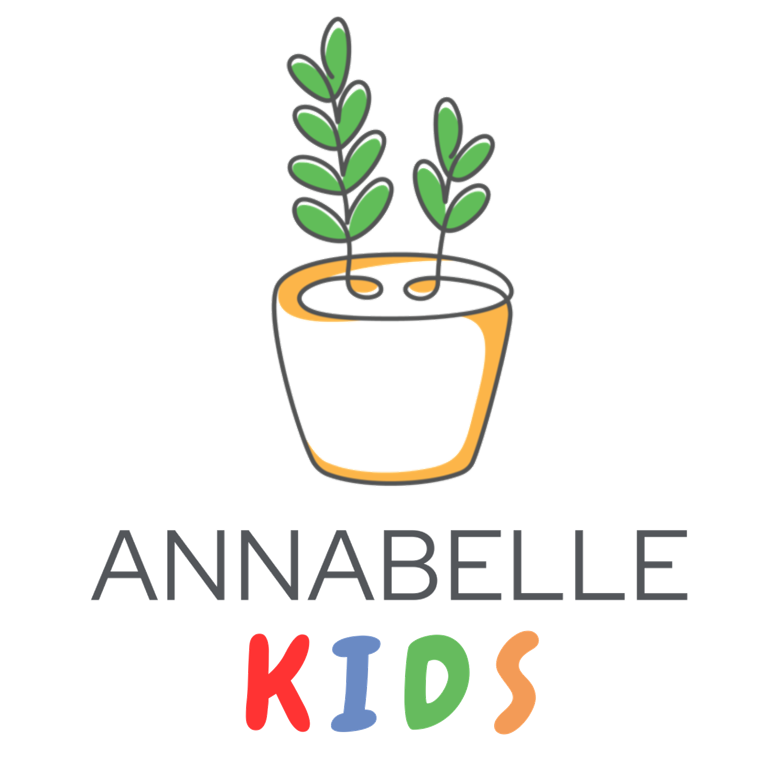The 3 Subtypes of ADHD
(1) Predominantly inattentive: Display primarily inattentive behaviours. This used to be commonly known as Attention Deficit Disorder (ADD).
(2) Predominantly hyperactive/impulsive: Display primarily hyperactive and impulsive behaviour.
(3) Combined presentation: Display both inattentive and hyperactive behaviours. This is the most common type of ADHD.
How do I know which subtype my child falls under?
Check out the table below to understand the difference between key symptoms defining inattention and hyperactivity-impulsivity respectively.
|
Inattention |
Hyperactive-Impulsive |
|
Often fails to give close attention to details, or makes careless mistakes (e.g., overlooks details, inaccurate work) |
Often fidgets with or taps hands, feet or squirms in seat |
|
Difficulty sustaining attention in tasks or play activities (e.g., has difficulty remaining focused during class, conversations or reading) |
Often leaves seat in situations when remaining seated is expected (e.g., leaves their seat in classroom) |
|
Often doesn’t seem to listen when spoken to directly (e.g., mind seems elsewhere, even in absence of obvious distractions) |
Often runs about or climbs in situations where it is inappropriate |
|
Often does not follow through on instructions and fails to finish schoolwork, chores or duties in the workplace (e.g., starts tasks but quickly loses focus and is easily sidetracked) |
Often unable to play or engage in leisure activities quietly |
|
Often has difficulty organising tasks and activities (e.g., difficulty managing sequential tasks, disorganised work, has poor time management) |
Is often “on the go”, acting as if “driven by a motor” (e.g., is unable to be or is uncomfortable being still for extended time, may be seen by others as being restless or difficult to keep up with) |
|
Often avoids, dislikes or is reluctant to engage in tasks that require sustained mental effort (e.g., schoolwork or homework) |
Often talks excessively |
|
Often loses things necessary for tasks or activities (e.g., school materials, pencils, books) |
Often blurts out answers before a question has been completed (e.g., completes people’s sentences, cannot wait for a turn in conversation) |
|
Is often easily distracted by extraneous stimuli |
Often has difficulty waiting their turn (e.g., while waiting in line) |
|
Is often forgetful in daily activities (e.g., doing chores, running errands) |
Often interrupts or intrudes on others (e.g., butts into conversations, games or activities; may start using other people’s things without asking or receiving permission) |
The Connors 3rd Edition (Connors 3), Conners Continuous Performance Test (CPT), and Conners’ Continuous Auditory Test of Attention (Conners CATA) are neuropsychological tests that a child clinical psychologist uses to assess if a child has ADHD. Click here for more information on ADHD assessments.
